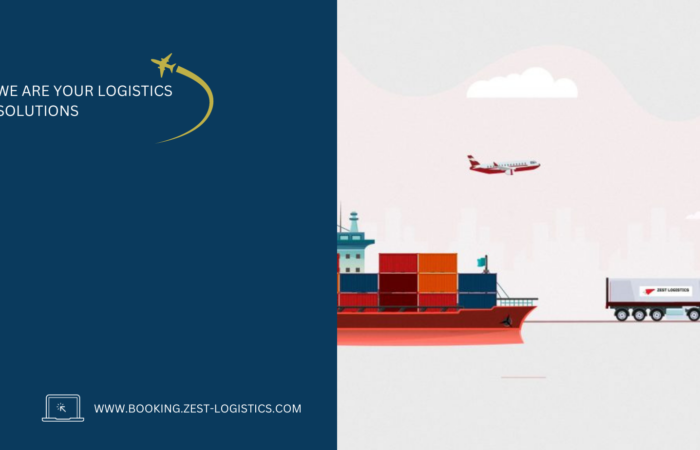In logistics, product classification is a crucial aspect that helps in determining the best way to store, handle, and transport goods. There are several factors that are considered when classifying products, including size, weight, fragility, perishability, and storage requirements.
One of the most common methods of classifying products is based on their size and weight. Products are grouped together based on their dimensions and weight, which helps in determining the type of transportation and packaging required. For example, larger and heavier products may require specialized handling equipment and larger transportation vehicles, while smaller and lighter products may be packaged and shipped using standard methods.
Fragility is another important factor that is considered when classifying products. Products are grouped based on their level of fragility, which helps determine the type of packaging and handling required to prevent damage during transportation. For example, fragile products such as glassware or electronic equipment may require extra padding and special packaging materials, while more durable products may only require standard packaging methods.
Perishability is also an important factor that is considered when classifying products. Products are grouped based on their level of perishability, which helps determine the type of refrigeration and storage required to maintain freshness. For example, perishable products such as fruits, vegetables, and meats may require refrigerated storage and transportation, while non-perishable products may be stored and transported at room temperature.
Hazardous materials are also classified separately and have special handling and transportation requirements. Products are grouped based on their level of hazardousness, which helps determine the type of handling and transportation required to ensure safety. For example, products that are flammable, toxic, or explosive may require special handling and transportation procedures to ensure the safety of workers and the public.
Stock-keeping unit (SKU) is another important aspect of product classification. Products are grouped based on their unique identification, this helps in inventory management and tracking. This helps in keeping track of the quantity of products available, sold and to be ordered.
Customs clearance is also an important aspect of product classification. Products are classified for customs clearance based on their Harmonized System (HS) codes. HS codes are a standardized system of product classification used by customs authorities around the world to determine the applicable tariffs and taxes on imported and exported goods. Each product is assigned a unique HS code based on its nature, composition, and intended use. This classification helps in determining the applicable tariffs and taxes on a product, compliance with regulations and also in tracking the movement of goods.
In conclusion, product classification is a crucial aspect of logistics that helps in determining the best way to store, handle, and transport goods. The classification is based on several factors such as size, weight, fragility, perishability, and storage requirements, and it helps in ensuring the safety and efficiency of the supply chain process. Additionally, SKU and Customs clearance classification helps in inventory management and compliance with regulations respectively.



